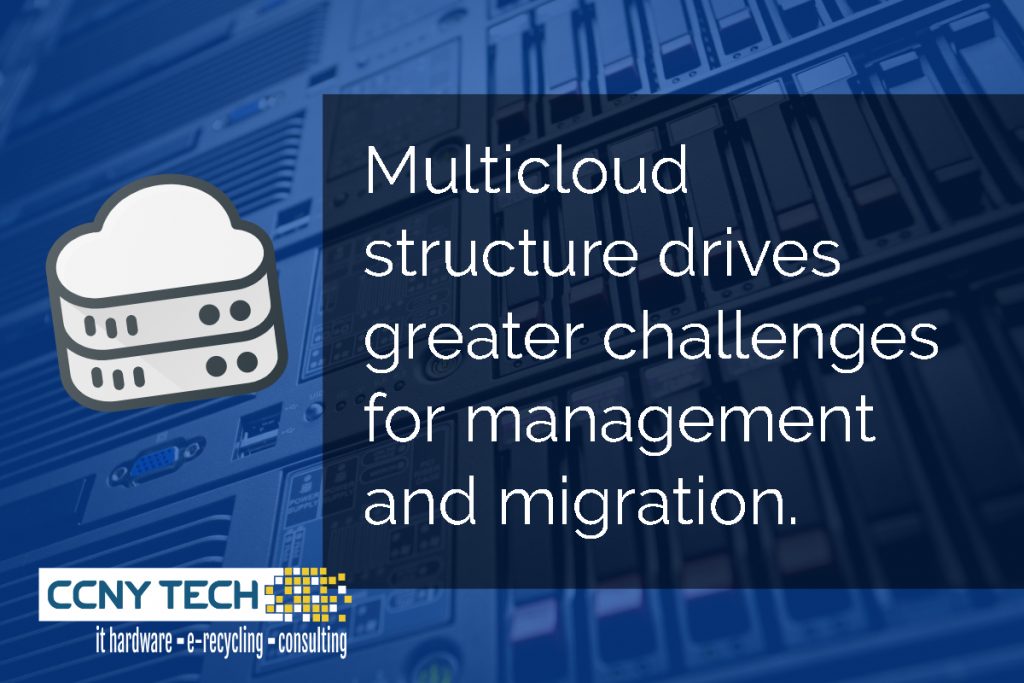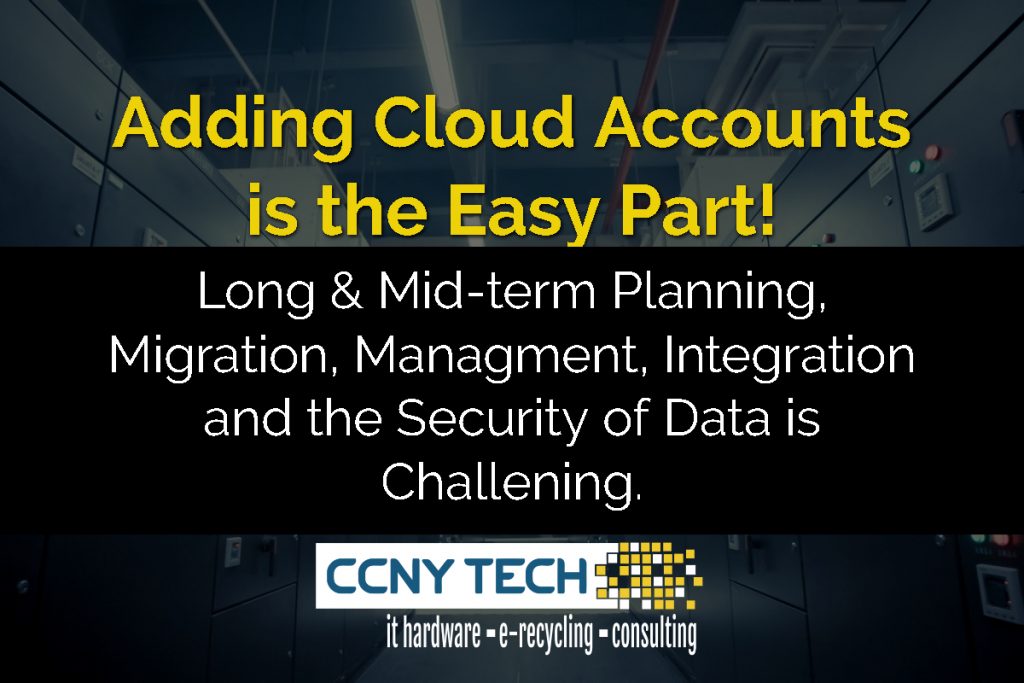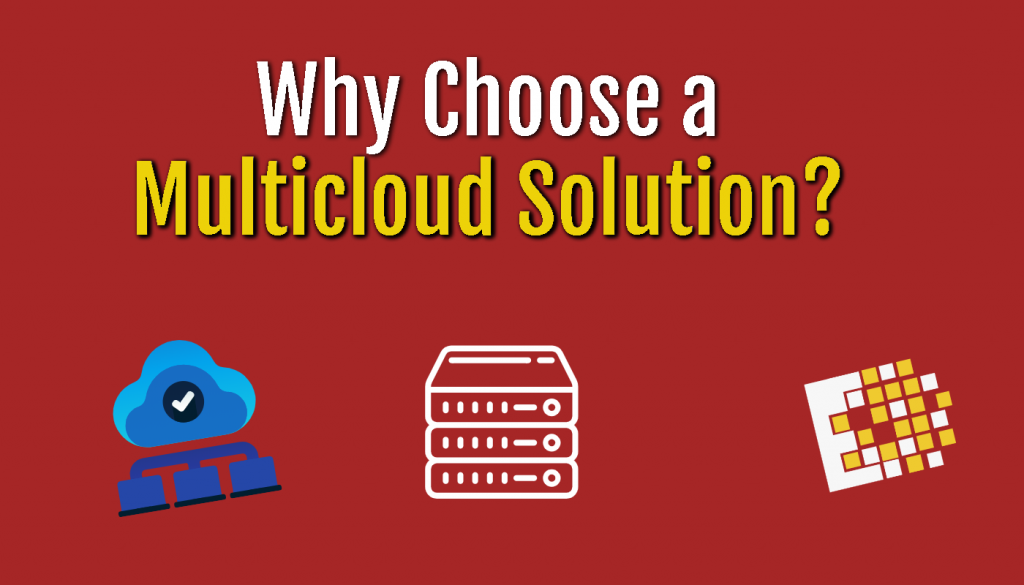On account of the advantages of enhanced flexibility and endurance, organizations are increasingly embracing multicloud networks. But migrating to — and handling a multicloud network may be a confusing procedure.
Handling a multicloud platform is further complicated by the growing number of suppliers which are available, but this also creates opportunities. By way of instance, multicloud network design is suitable for organizations which have geographically distributed users, some of whom might not be located near a datacenter.
 You must decide which providers are most appropriate, and how these programs may be optimized for performance. The more platforms that you have, the greater the diversity within the multicloud structure, which in turn drives greater challenges in the management level.
You must decide which providers are most appropriate, and how these programs may be optimized for performance. The more platforms that you have, the greater the diversity within the multicloud structure, which in turn drives greater challenges in the management level.
At their simplest level, all cloud providers essentially offer a similar kind of service, but every supplier is a bit different, as an instance, Amazon Web Services (AWS) offer auto-scaling. The difficulty of making an accurate decision concerning providers is compounded by cloud suppliers not fully understanding the organization’s activities. Thus, changes in services may happen without analyzing the impact that this will have upon clients that unite cloud services. To counter this, organizations must stay aware not only of the various cloud providers’ current operating procedures but also how these are likely to change later on.
All cloud platforms provide the exact types of services, it’s just what efficiencies you may be able to glean from each different provider. Each has its own solutions and ways to function with various workloads.
Before leaping into the cloud, organizations will need to pause to think about their technological requirements and there long and mid-term goals.
As part of the preparation, the whole network paths should be mapped, identifying where the cloud should fit within the structure.
Additionally, organizations must identify which programs are most suited to cloud-native execution and match these to the services that play to their strengths.
Locked into one cloud vendor
Being locked to one provider is the antithesis of multicloud structure, as it removes one of the main benefits of multicloud networks; namely enhanced resilience and flexibility. This flexibility comes from the kind of having the ability to align every service with the best platform. Being restricted to one provider can accidentally happen unless organizations make certain that the data they create remains in a standard format, rather than dedicated to a particular application or platform (proprietary).
When an application is in the cloud, it may be broken down to a set of microservices to acquire additional advantages, such as increased endurance and decreased update times. By using microservices, you can more effectively scale up and scale to leverage the benefits. But one of the drawbacks is not knowing where to segment or break an existing program that you’re migrating.

Despite the numerous benefits that come from working in the cloud, multicloud networks aren’t without their own challenges.
Handling a cloud environment is equally involved as managing a corporate network. Adding multiple cloud providers makes this even harder, in addition to increasing the price and management resources.
To handle employee time more efficiently, companies need to automate or outsource ongoing cloud maintenance jobs to permit their IT teams to concentrate on more critical responsibilities. Some organizations struggle to manage traditional application stacks, but the degree of sophistication that multicloud architecture requires sometimes goes beyond what is possible for internal IT staff to analyze.
Organizations need to automate low-level monitoring and maintenance tasks, in addition to automating policy across cloud environments and generating exception reports to highlight issues or trouble spots.
Incompatibilities
When an application is broken down into a set of microservices which are dispersed across various cloud platforms, this provides increased flexibility and reduced times in upgrading each microservice. However, in addition, it runs the risk that one microservice could interrupt other microservices because of incompatibilities.
Development teams will also need to ensure every one of those microservices that form their cloud program don’t cause incompatibilities and cascading failures.
Multicloud networks are complicated and resource-consuming, but the benefits they bring (such as increased resilience and gaining multiple supplier-specific advantages) can substantially outweigh their costs.
To take full advantage of the benefits, organizations should be careful to avoid possible pitfalls in their migration and management of muticloud and hire an experienced IT firm like CCNY Tech to navigate the decisions and architecture.
A company like CCNY Tech can help you create the Right IT Infrastructurefor your business or organization. Let our team of engineers find the right solution to make your system run securely and efficiently.
 CCNY Tech offers small businesses in Upstate New York ways to be proactive with their security measures while being on-call to handle technical issues that come up. Contact a specialist at 315-724-2209 and ask about the exclusive TechAgent program that has been built around helping SMBs to increase uptime while staying within budget.
CCNY Tech offers small businesses in Upstate New York ways to be proactive with their security measures while being on-call to handle technical issues that come up. Contact a specialist at 315-724-2209 and ask about the exclusive TechAgent program that has been built around helping SMBs to increase uptime while staying within budget.
Get Prices for Used Networking Equipment: Utica/Rome – Syracuse – Rochester – Buffalo – Albany – NYC – Cortland NY
